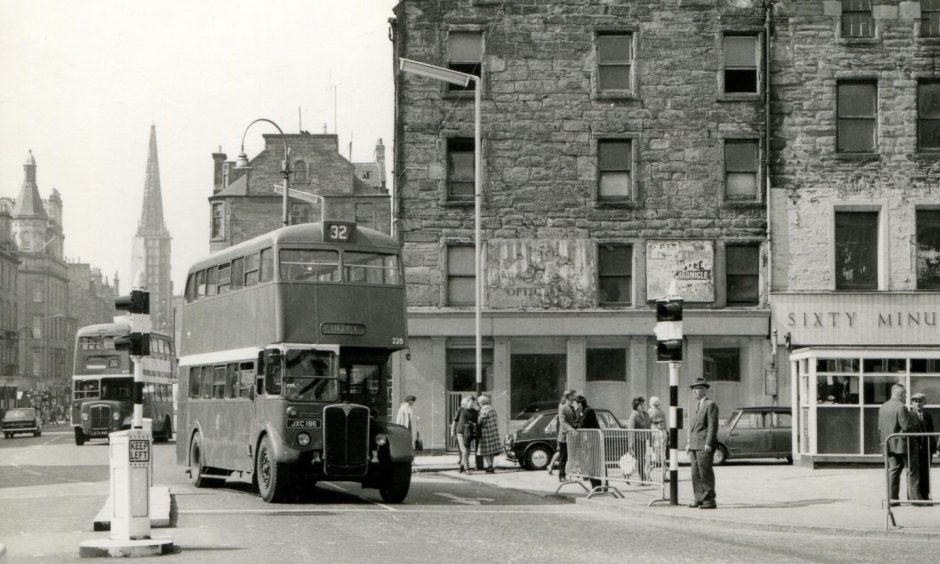
The ties that bind Dundee to London can be told in a transport tale of two cities.
The same buses that once carried commuters to Knightsbridge and Kensington would later ferry folk around the City of Discovery.
This was thanks to a long-standing practice of sending the capital’s buses to other cities around the UK – and Dundee was often the beneficiary.
It was not one-way traffic, though, and Dundee was happy to return the favour.
The city sent buses to London to help replace bomb-damaged buses during the Blitz.
And Dundee loaned buses and drivers to help transport officials, competitors and the general public at the London Olympics and Paralympics in 2012.
This is a bus bond decades in the making.
New book includes 150 bus photographs
Derek Simpson has documented these transfers between the two cities.
Dundee’s Buses – London Calling is Derek’s fifth book on the city’s bus fleet.
It has been illustrated with over 150 photographs.
Originally this was a hobby for Derek.
He worked in a bank for 40 years before retiring and writing his first book.
Derek said the movement of time-served London buses was a fairly common occurrence in the UK but Dundee seemed to have had more than its share.
Even Perthshire independent A&C McLennan of Spittalfield got involved.
Derek said McLennan purchased 11 ex-London Transport buses which operated on their Errol to Dundee service until the mid-1970s.
“The relationship began in the darkest days of the Second World War when the German bomber blitz of London was at its height in October 1940,” said Derek.
“London Transport sent out a nationwide appeal for serviceable buses, as it was experiencing shortages due to vehicles being lost due to bomb damage.
“There is some debate as to whether they actually needed the buses or it may have been a way of boosting morale by making the rest of the country feel they were helping London and Londoners in their hour of need.
“Nearly 400 buses were sent to the capital from all over Great Britain with Dundee contributing five double deck buses.
“These buses had actually been Dundee’s first double deck buses.
“They had been new when they first appeared in 1931.”
Dundee buses survived the Luftwaffe
They served in London until May 25 1941 when all returned to Dundee unscathed.
Derek said each double deck bus was given a plaque that was placed in the lower saloon acknowledging their part in the war effort.
The next 83 years would see over 160 ex-London buses serve the Dundee public.
The first ex-London buses to be purchased by Dundee Corporation were 10 Weymann bodied Associated Equipment Company (AEC) Regents in 1955.
These were followed by 30 Craven bodied AEC Regent RTs which helped speed up the tram replacement programme after Dundee’s fleet was retired in 1956.
Derek said these had been surplus to requirements in London, which was experiencing a shrinking bus market due to an increase in car ownership.
“Despite the Dundee public’s annoyance that they were having second hand buses foisted upon them, the quality of the ride and reliability soon convinced them that they were the real deal,” he said.
“These relatively youthful buses would give great service to Dundee.
“They were withdrawn in the late-1960s, much to the disappointment of crews and passengers alike.
“Famous for the roof box route number, the RTs could be easily identified as they spent most of their time on the Fintry-Sinderins-Ninewells services.
“Garaged at Maryfield they were a familiar sight to many Dundonians travelling up and down Forfar Road.”
London link remained strong after 1975
By 1975 village and city were lumped together.
Dundee Corporation had given way to Tayside Regional Council.
Blue and white livery replaced all-over dark green buses on the streets of Dundee.
Strong bus links with London continued.
Tayside’s first open top bus was sold to a London company in 1985.
It ran sightseeing tours.
Painted red it fitted in well down south.
Tayside also sold eight of its early Volvo Ailsa double decker buses to Maidstone who operated services on behalf of London Transport in 1986.
The Routemaster has become the most well-known London bus.
Strathtay Scottish purchased 26 of them to operate the Tayway services which travelled into Monifieth in October 1986 just after bus deregulation.
Tayway buses were blue, white and orange
Derek said these would be the most familiar London bus to many readers.
“These buses were painted in a rather garish blue, white and orange livery that certainly stood out on the city’s streets,” he said.
“Bought to gain a competitive edge they reintroduced conductors and were a cheap effective way of introducing high frequency buses to their Tayway services.
“The conductors allowed the company to speed up journey times with the ease of boarding the bus.
“The passengers enjoyed the convenient, friendly, reassuring service that they provided.
“The ability to hop on and off the bus will be remembered by many older readers and probably viewed with horror by those more safety minded these days.”
London was calling when the National Express Group purchased Tayside Buses in 1997 and ushered in the Travel Dundee era.
The group also owned Travel West Midlands and Travel London.
The connection saw a plethora of second hand buses make their way north.
“Some of the smaller single deck buses had originally been purchased to serve Victoria, Sloane Square, Knightsbridge, Earl’s Court and Kensington,” said Derek.
“I am not sure how many passengers in the City of Discovery would have realised the posh surroundings their bus used to serve.
“In 2012 Strathtay loaned buses and drivers to help move the officials, competitors and general public at the London Olympics and Paralympics.
“Some were even running with branding for the Tayway 73 service.”
Do you remember the Boris Bus?
Boris Johnson commissioned a new Routemaster for the UK capital during his time as mayor after a pledge to bring back the hop-on-hop-off bus model.
It became known as the Borismaster or Boris Bus.
Derek said: “Dundee had a claim to fame and a real coup at the time.
“It was the only place in the UK outside London to have the Borismaster as it was known, running on trial on Stagecoach East’s Tayway service from Dundee to Arbroath in November 2014.
“The three-month experiment was a PR disaster.
“The two buses proving thoroughly unsuitable for the driving conditions of the service 73 which were markedly different to how the buses would be used in London.
“Buses were continually either running late or broken down and consequently the social media and press coverage was understandably negative.
“And so the experiment only last three weeks before it was scrapped.”
The two buses returned to London.
Where can you see London buses today?
The Boris Bus was withdrawn when Sadiq Khan became London mayor.
Derek said you don’t have to go far to see an ex-London bus in Dundee today.
“Xplore Dundee have carried on the long tradition with a fleet of 13 double decker buses that can be found mainly on the St Mary’s and Fintry services.
“Indeed this year’s Discover Dundee open top tours were also ex-London buses.
“It’s a link that is still going strong after 84 years.”
- Dundee’s Buses – London Calling is on sale now.
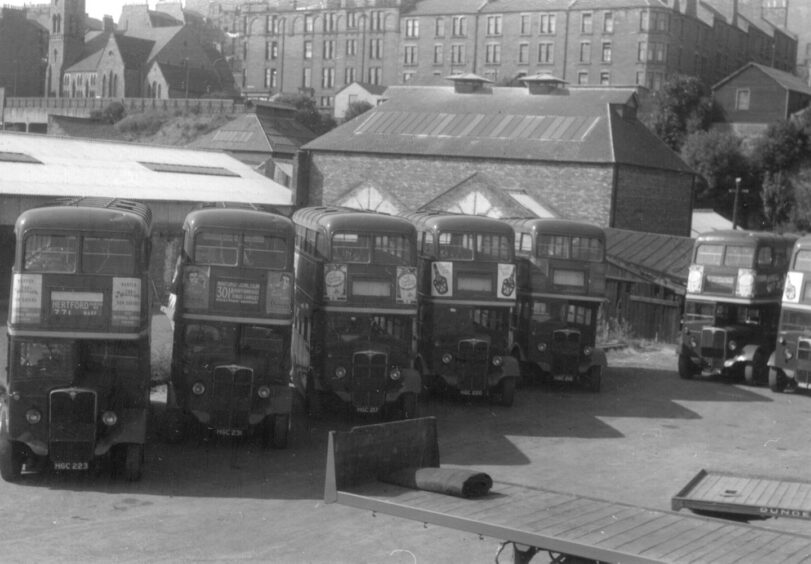
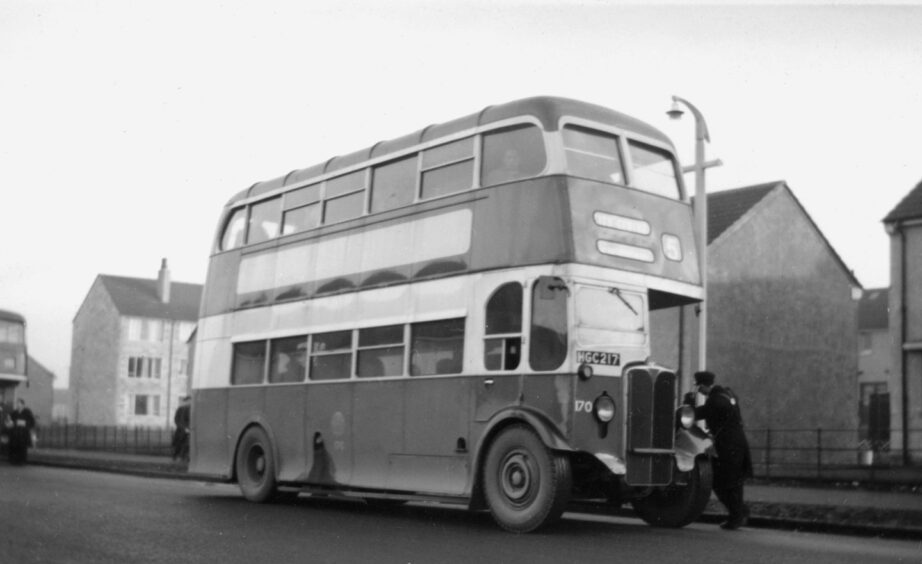
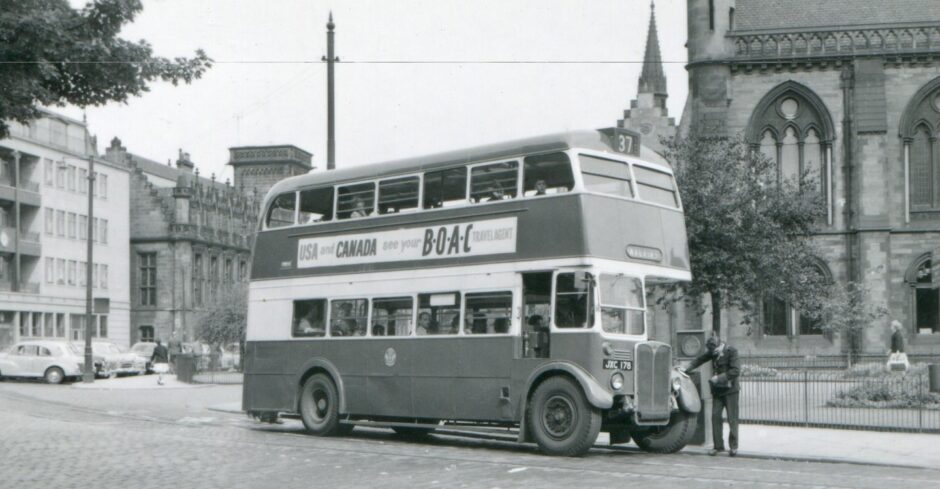
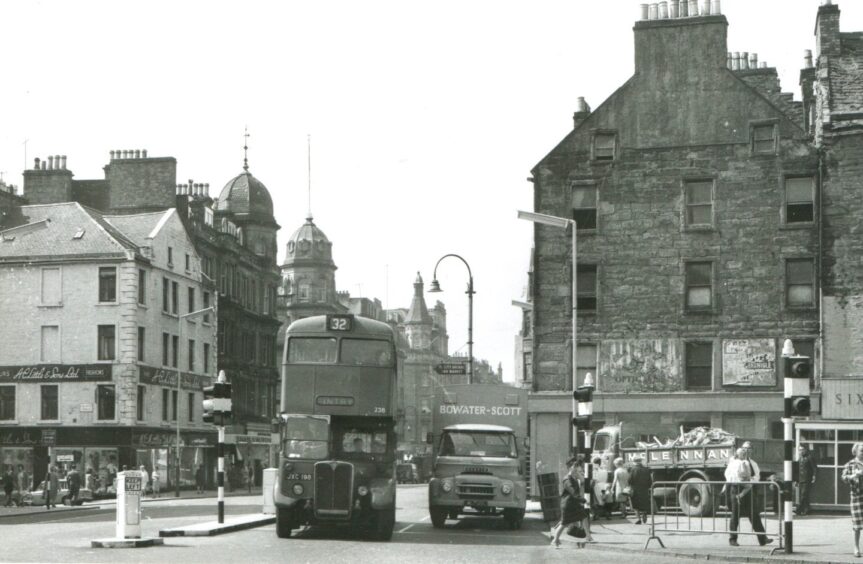
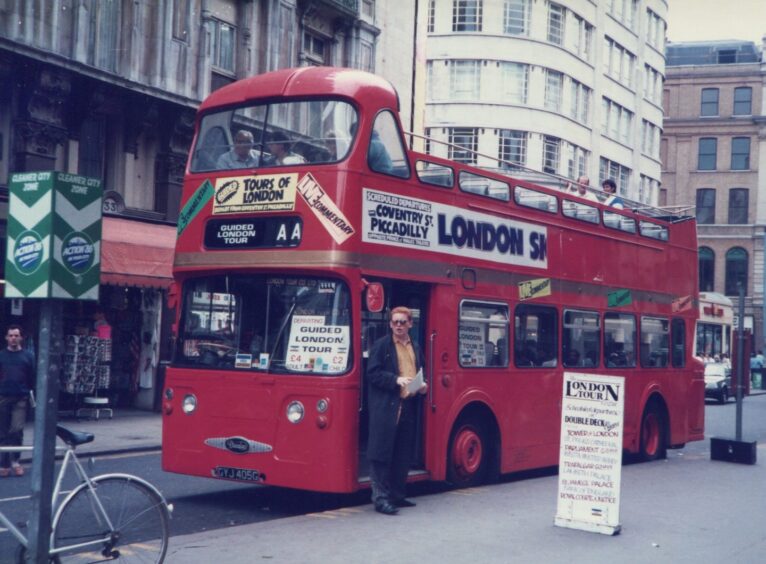
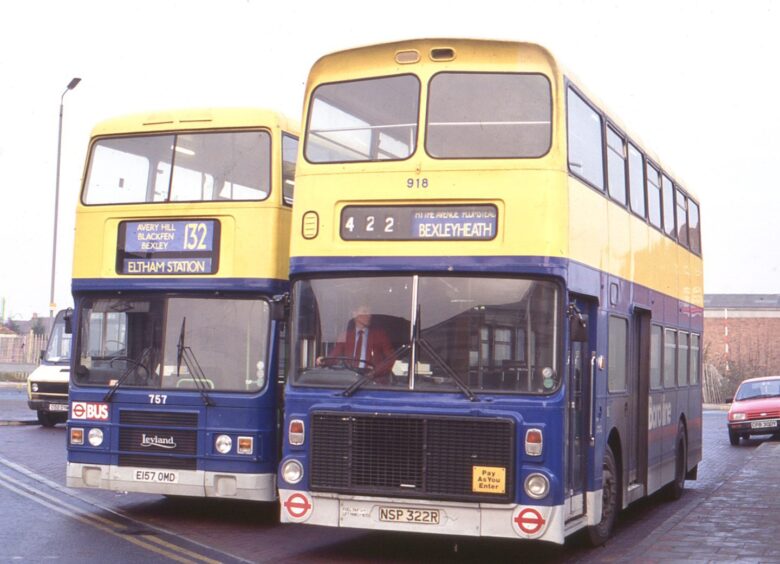
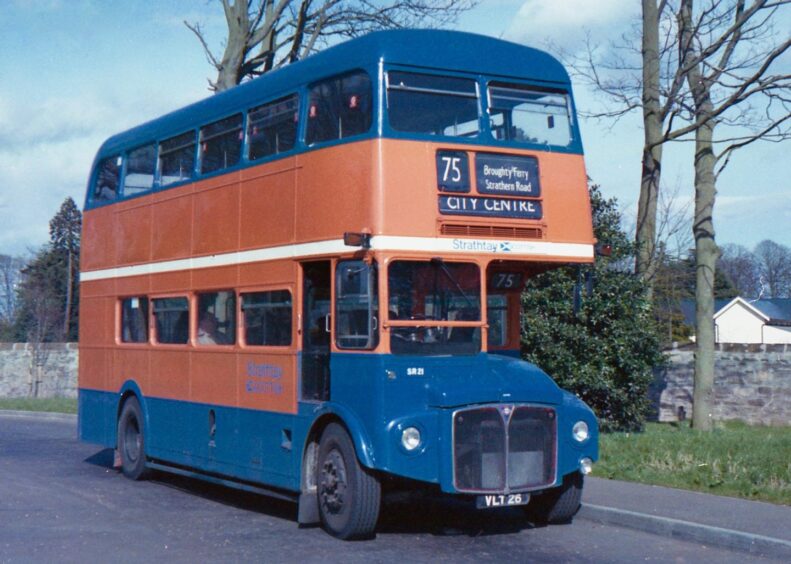
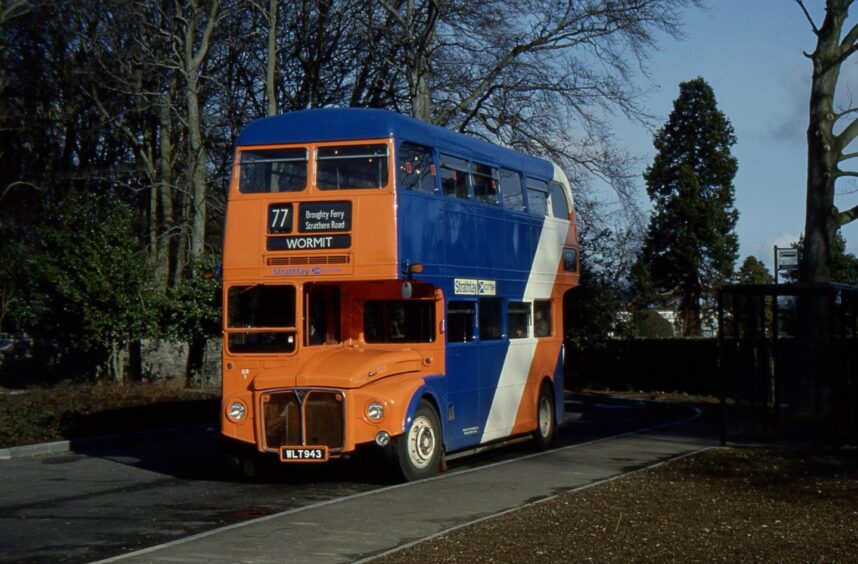
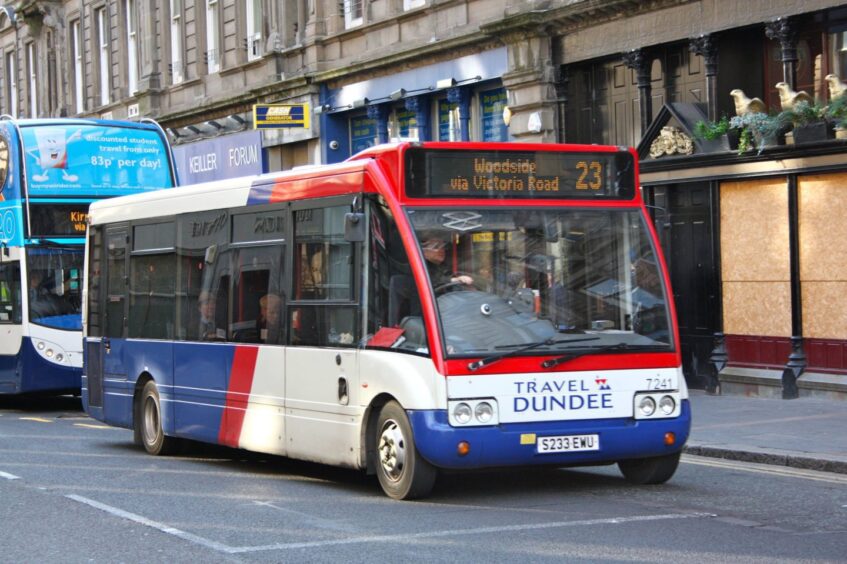
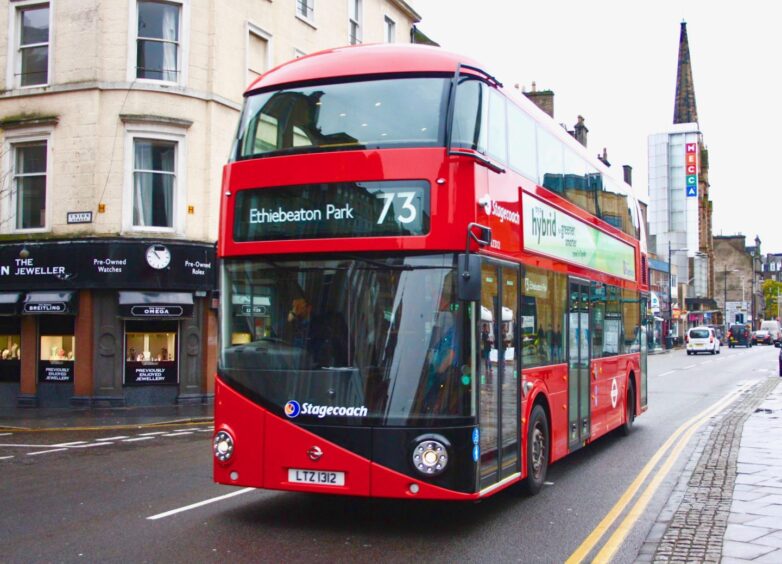
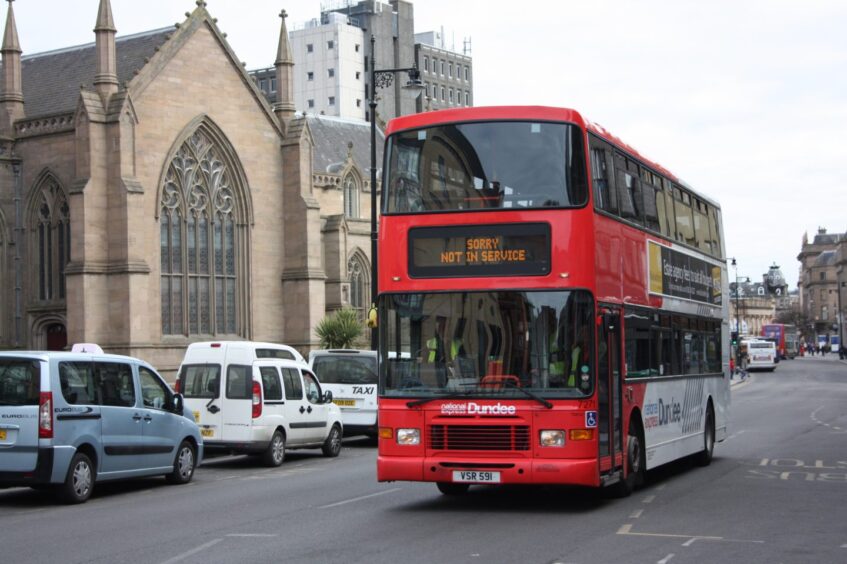










Conversation